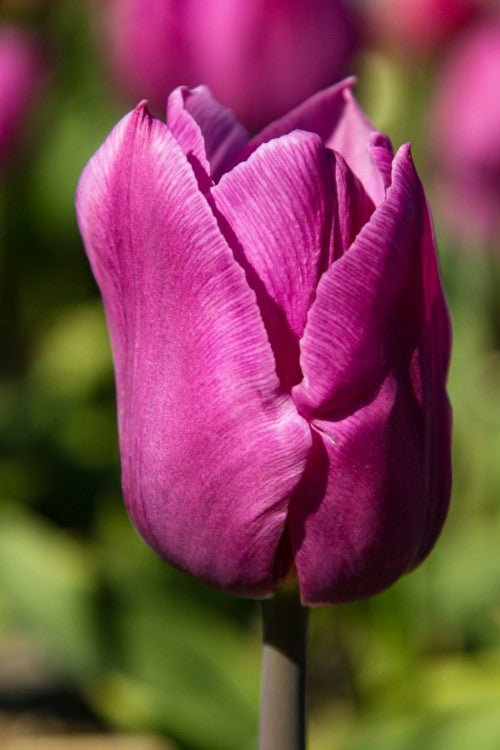
Blue Beauty
1118
About Blue Beauty
Our Blue Beauty Tulip is a floral gem that will transform your garden into a paradise! With its tropical purple color, this beauty truly is an addition for your yard.
- Mesmerizing purple hue that adds a touch of elegance to your garden
- Striking and unique petals that make a bold statement
- Hardy and easy to grow, suitable for both experienced gardeners and beginners
- Blooms in spring, creating a delightful burst of color
- Perfect for bouquets, floral arrangements, or simply beautifying your outdoor space
How to plant and take care of Blue Beauty
- Choose a well-draining location with full or partial sun exposure
- Plant bulbs in the fall, around 6 inches deep and 4-5 inches apart
- Water thoroughly after planting and keep the soil consistently moist
- Apply a layer of mulch to help retain moisture and regulate soil temperature
- Fertilize with a balanced bulb fertilizer in early spring
- Deadhead spent blooms to encourage more flowers
- After blooming, allow the foliage to wither naturally before removing it
- Protect bulbs from extreme temperatures and excessive moisture during dormancy
FAQs

